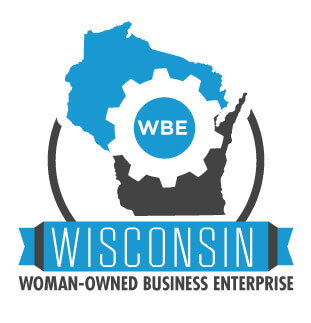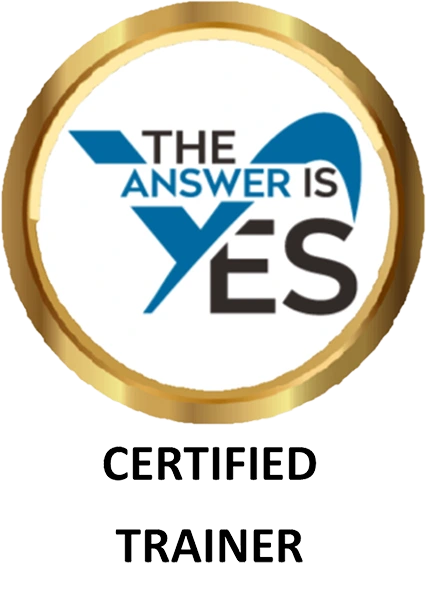“Much learning does not teach understanding.” Heraclitus of Ephesus
There may be 50 ways to leave your lover, but there are at least 35 ways to check learner comprehension at the close of a training session.
These 35 ways to check learning comprehension fall into one of four categories: (1) Paper-Based, (2) Spoken Word-Based, (3) Materials-Based, or (4) Movement-Based. Some of the activities skim the surface of learner comprehension, while others require much deeper thought.
With only one or two exceptions, these learning activities are completely self-directed. This means that the facilitator simply provides the necessary instructions and materials, and then gets out of the participants’ way.
The facilitator will need to allocate from 10 to 50 minutes for these closing activities. The activities can be structured for pairs, small groups or the entire group. A few of the activities can be structured for individuals to work independently.
Whenever possible, have the participants write or draw on flip chart paper that can be posted for everyone to see. For activities that do not involve everyone, remember to save time for report outs to the rest of the group.
Take digital photos of the results of these activities to mail to the participants after the class to reinforce their learning.
This Tip will focus on the Paper-Based Closing Activities. Next week’s Tip will focus on the remaining Spoken Word, Materials and Movement based activities.
Paper-Based Closing Activities
These activities require either writing paper or flip chart paper, pens, pens, crayons or colored markers.
- ABC: Fill in a content-related word or a phrase that starts with each letter of the alphabet.
- Drawing: Identify five or six key learning points and then draw a picture of them on a flip chart. The picture may be representational or abstract, with words or phrases.
- Slogan: Come up with a 6-8 word saying or catch phrase that captures the essence of what they have learned.
- Metaphor: Identify a metaphor for what they learned that day.
- Word Cross: Write the title of the training session in the middle of a flip chart paper, then add content-related words that build on the letters on the page to create a cross word-like diagram.
- Equation: Create a mathematical equation that summarizes the key content.
- Haiku: Write a brief poem.
- Mind Map: Depict their key learning in a mind map.
- Ring Around the Learning Objectives: Write down each learning objective, leaving sufficient space to add related key words and phrases around each objective.
- Flow Chart: Graph out the sequence of steps, topics or decisions.
- Cartoon: Draw a cartoon that depicts what they learned.
- Graffiti: Write key learning and/or draw pictures on a long piece of paper taped to the wall.
- Acronym: Create a word from the first letter of content-related words.
- Reminder Card: Write key points to remember on a card small enough to go into a wallet.
- Questionnaire: Answer content-related questions using multiple choice or fill in the blanks.
May your learning be sweet.
Deborah





